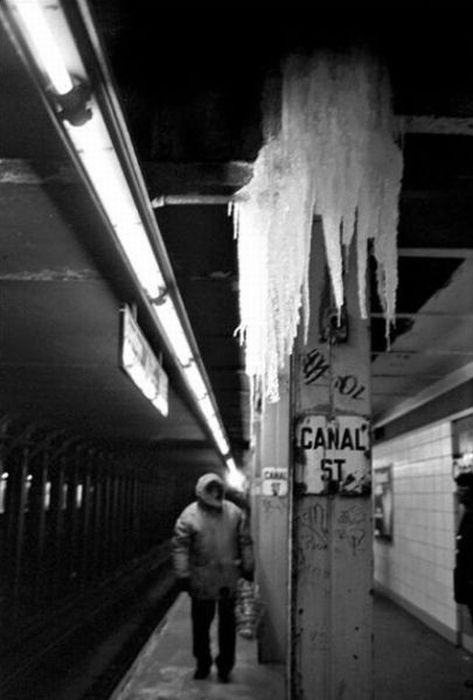|
|
History: The New York City Subway, United States
|
According to the United States Department of Energy, energy expenditure on the New York City Subway rail service was 3492 BTU/passenger mile (2289 kJ/passenger km) in 1995. This compares with 3702 BTU/passenger mile (2427 kJ/passenger km) for automobile travel. However, the figure for automobiles is averaged over the entire United States. Driving a car in New York City is significantly less efficient due to the highly urbanized environment.
Many lines and stations have both express and local services. These lines have three or four tracks. Normally, the outer two are used for local trains while the inner one or two are used for express trains. Stations served by express trains are typically major transfer points or destinations. The BMT Jamaica Line uses skip-stop service on portions, where two services (J Z trains) operate over the line during rush hours and many stations are only served by one of the two.
|
|









